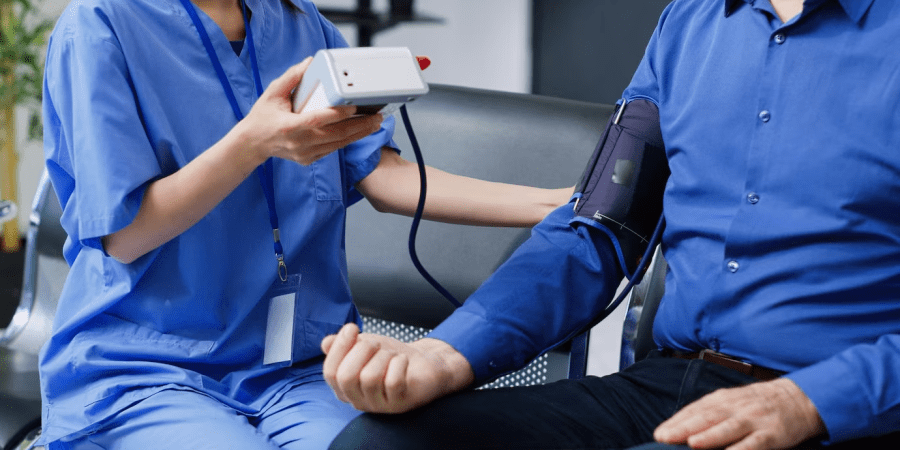Wearable Technology in Telehealth for Personalized Care Data
In today’s fast-paced, digitally driven world, telemedicine is rapidly revolutionizing healthcare delivery. But there’s an underlying hero in this transformation – wearable technology. Wearables, ranging from smartwatches to biosensors, are increasingly intertwining with telehealth, offering a synergistic blend of data-driven insights and remote healthcare.
The Rise of Wearable Technology in Telehealth
A decade ago, the idea of continuously monitoring your heart rate, sleep patterns, or oxygen levels on a device you wear would have seemed far-fetched. Fast forward to the present, and wearable devices, which were once the territory of fitness enthusiasts, are now mainstream. In fact, they’re leading the way in the telehealth revolution.
Telemedicine platforms can now tap into the vast amounts of data generated by wearables. With real-time and historical data at their fingertips, healthcare professionals can get a more comprehensive view of a patient’s health without the patient stepping into a clinic.
How Wearables Augment Telehealth Services
- Continuous Health Monitoring: Traditional healthcare is episodic; you visit a doctor when you’re ill. With wearables, health monitoring is continuous. Devices like ECG monitors or glucose meters can transmit data to telehealth platforms, enabling doctors to intervene the moment they notice anomalies.
- Personalized Treatment Plans: The data from wearables can help tailor treatment plans specific to an individual’s needs. For instance, a telemedicine physician can suggest workout adjustments to a patient based on data from their fitness tracker.
- Enhanced Patient Engagement: Wearable devices empower patients to take charge of their health. When patients can visualize their health metrics, they’re more likely to adhere to treatment plans and make proactive health decisions.
- Real-world Data Collection: Clinical trials and medical studies benefit significantly from wearables. Real-world data collected can offer insights that controlled environments often miss.

The Potential Challenges
- Data Privacy Concerns: With more data being transmitted, the risk of potential breaches becomes a valid concern. Telemedicine platforms must employ robust encryption techniques to ensure data security.
- Data Overload: While data is invaluable, too much of it can be overwhelming. It’s crucial to develop systems that sieve through the noise and extract meaningful insights.
- Patient Reliability: Not all patients will wear their devices consistently or correctly. Hence, there’s a need to educate and ensure patients understand the importance of accurate data collection.
The Future of Wearable Tech in Telehealth
The fusion of telehealth and wearable technology promises a future where healthcare is predictive, preventive, personalized, and participatory. Imagine a world where your smartwatch detects irregular heart rhythms and immediately connects you to a cardiologist via a telehealth platform, or a world where sleep patterns monitored by your wearable automatically adjust your room’s lighting and temperature for optimal sleep.
Additionally, as the Internet of Things (IoT) continues to expand, wearables will integrate more seamlessly with other smart devices. We could soon witness scenarios where, based on the health data from a wearable, smart refrigerators suggest diet plans or smart homes adjust environments for elderly inhabitants’ comfort and safety.
Moreover, with advancements in AI, the combined power of wearables and telemedicine platforms like DrCare247 can lead to highly sophisticated predictive analytics. It will not just be about reacting to current health conditions but also preemptively predicting potential future issues and mitigating them in advance.
Conclusion
Wearable technology is undoubtedly redefining the boundaries of telehealth. As devices continue to evolve, becoming more sophisticated and integrated, we’re on the brink of a healthcare revolution. Telemedicine platforms, such as DrCare247, are at the forefront of this evolution, harnessing the power of wearables to deliver truly personalized, efficient, and proactive care to patients globally.
The combination of wearable technology and telehealth is not merely a temporary trend but a dynamic shift towards a more data-driven, personalized healthcare system. The future is not just about treating illnesses; it’s about preventing them. And with wearable tech playing a pivotal role, that future looks promising.


